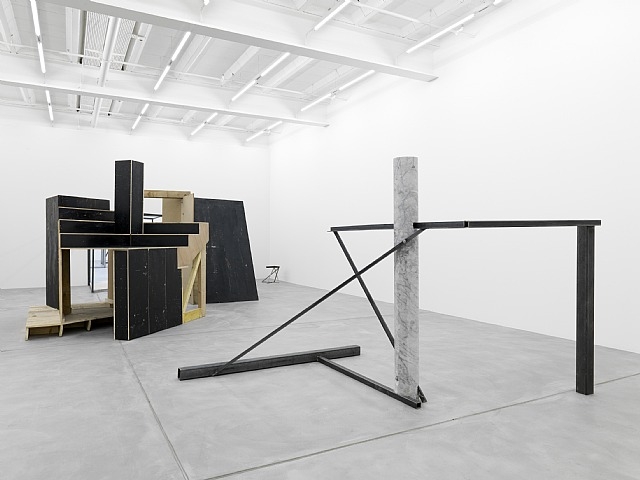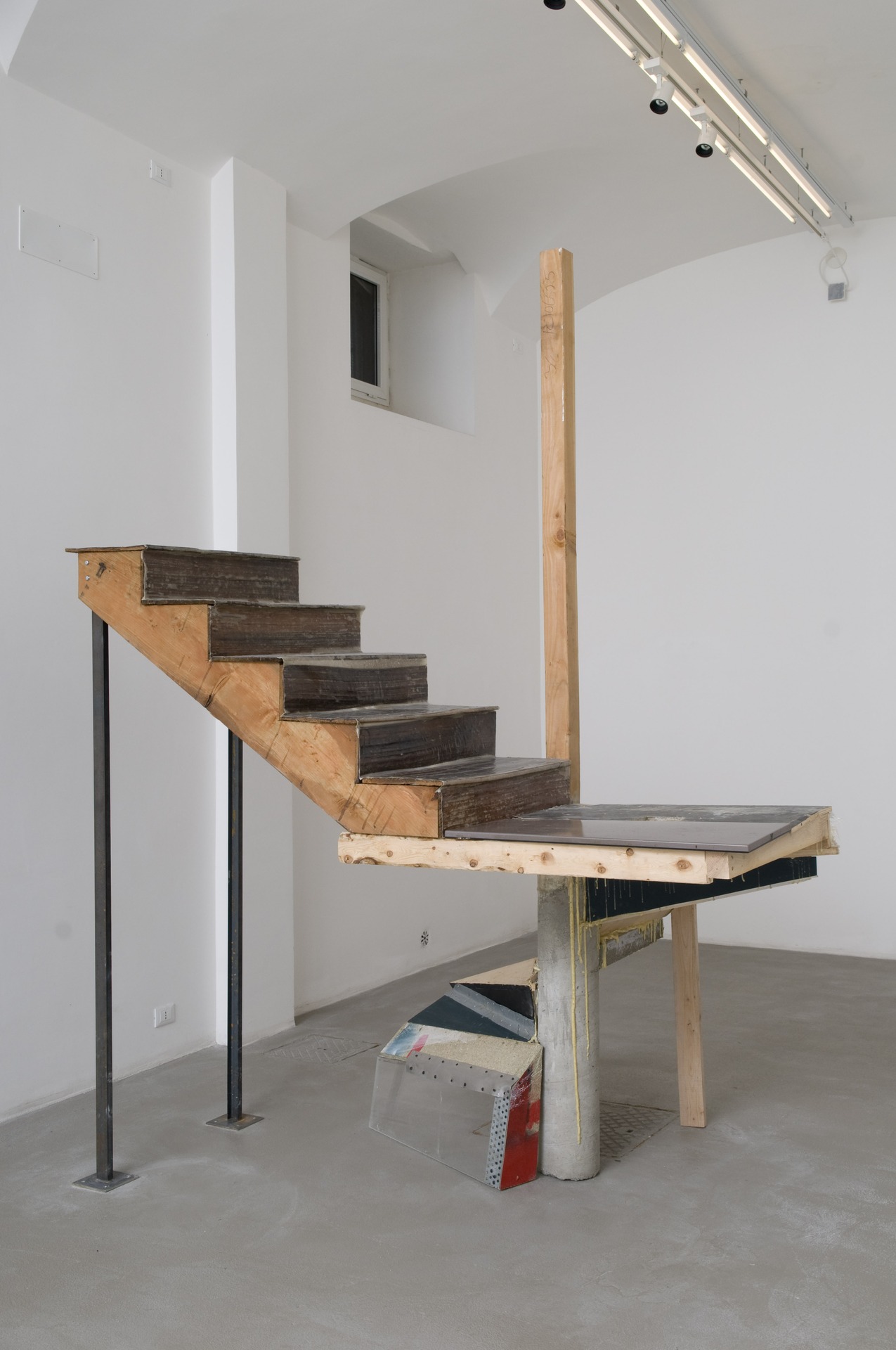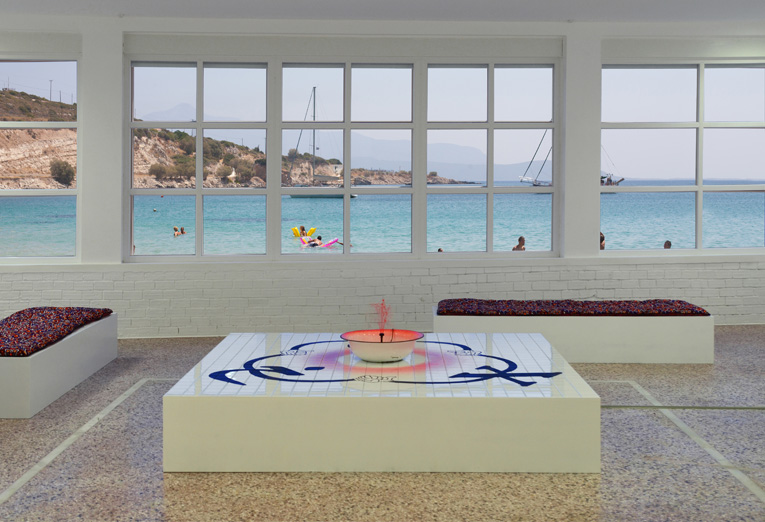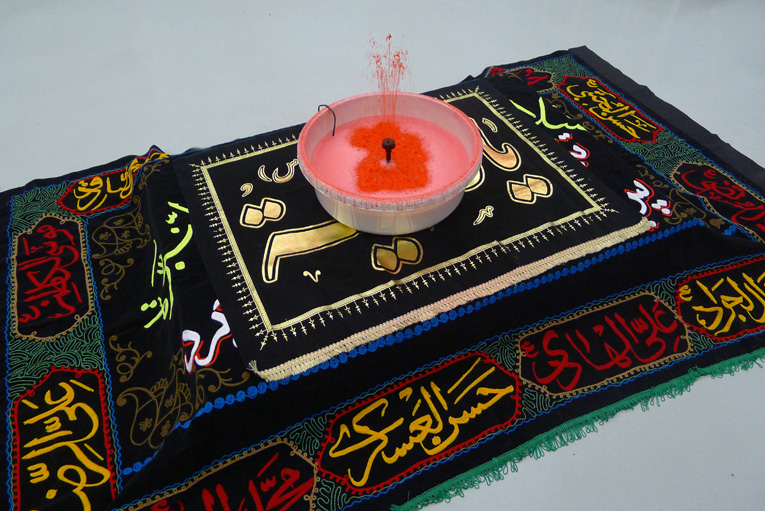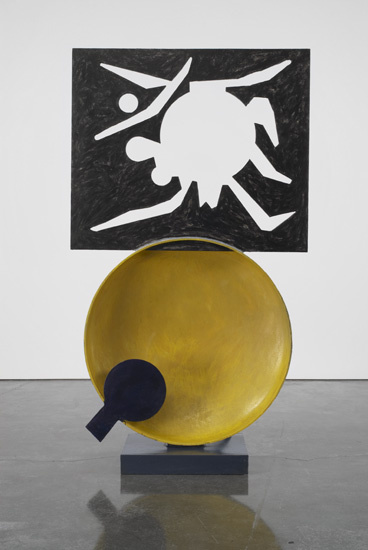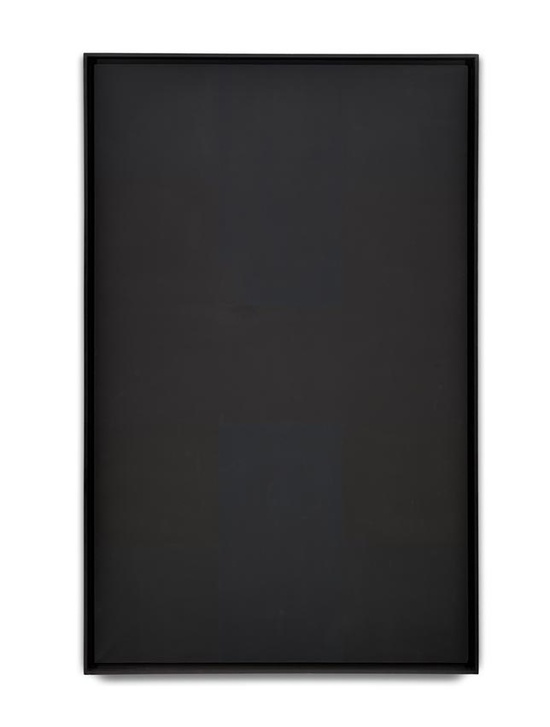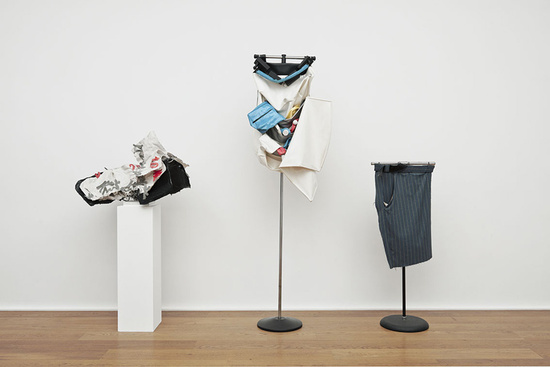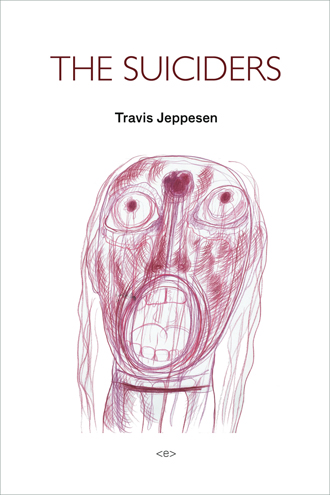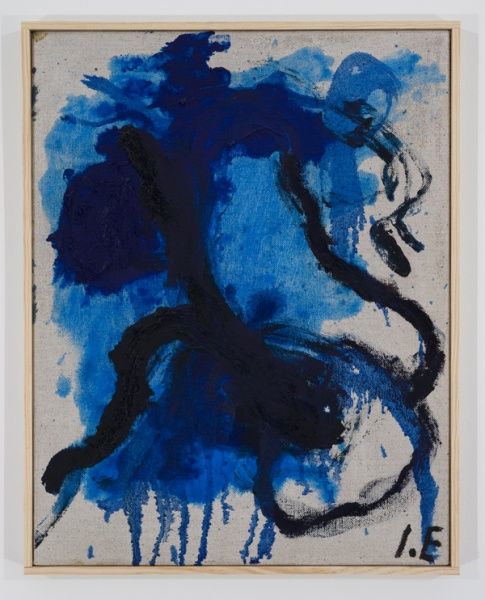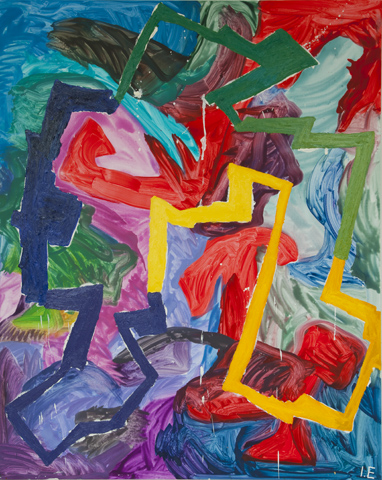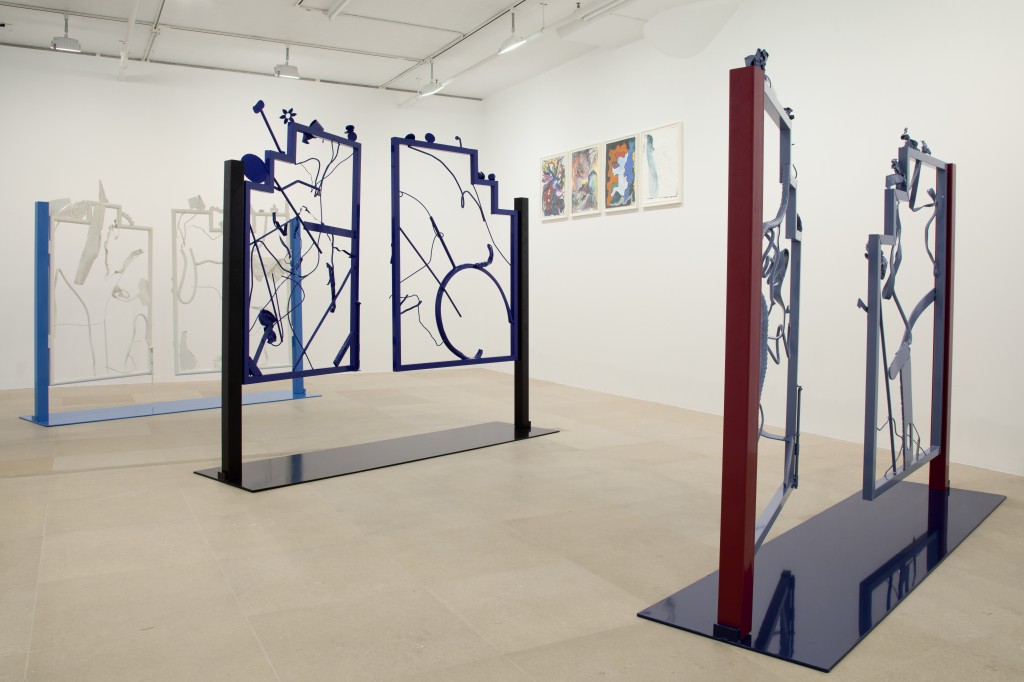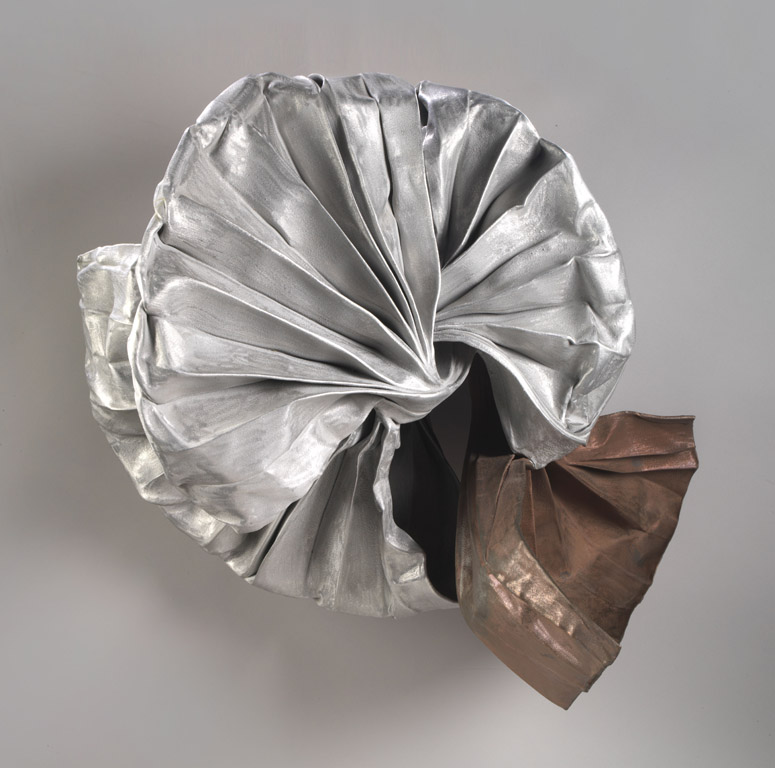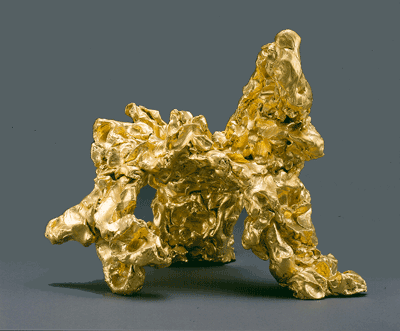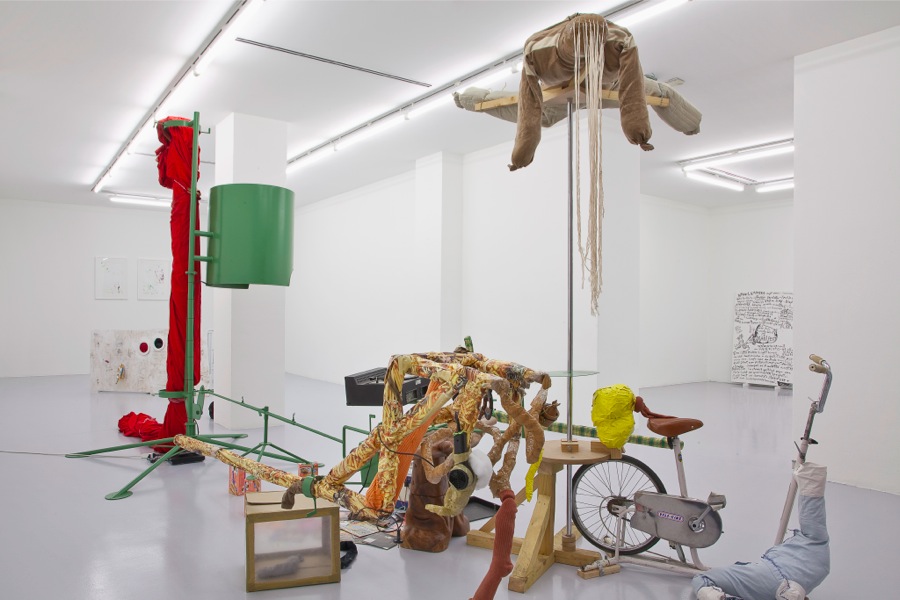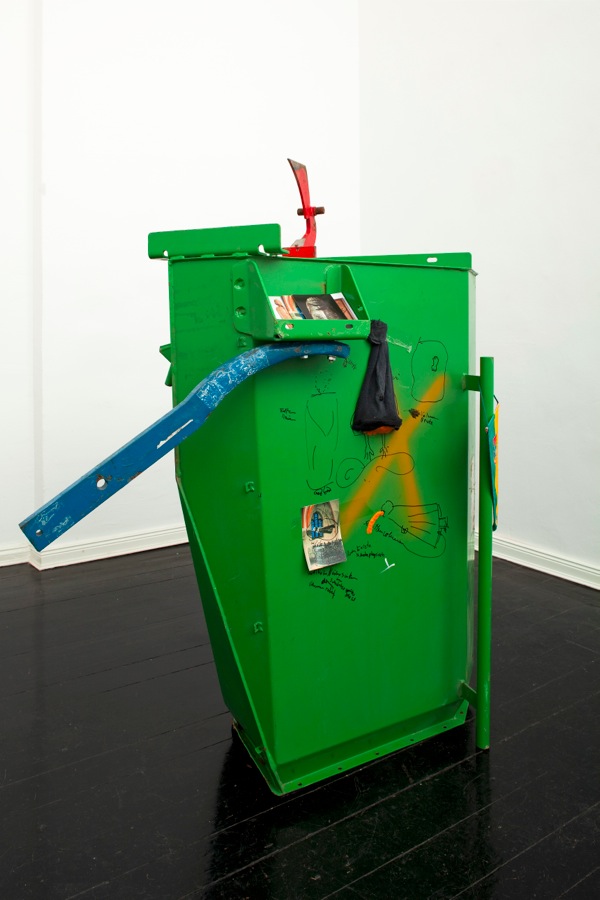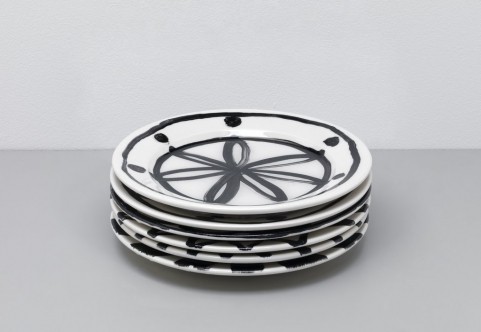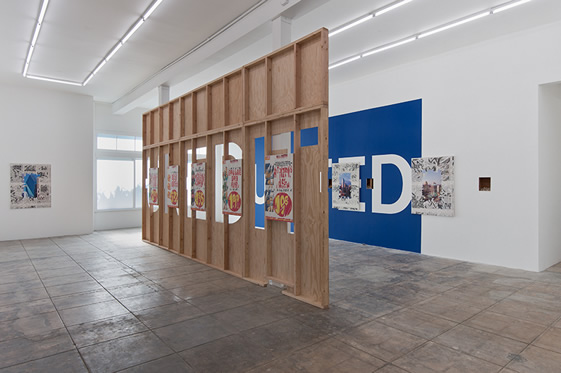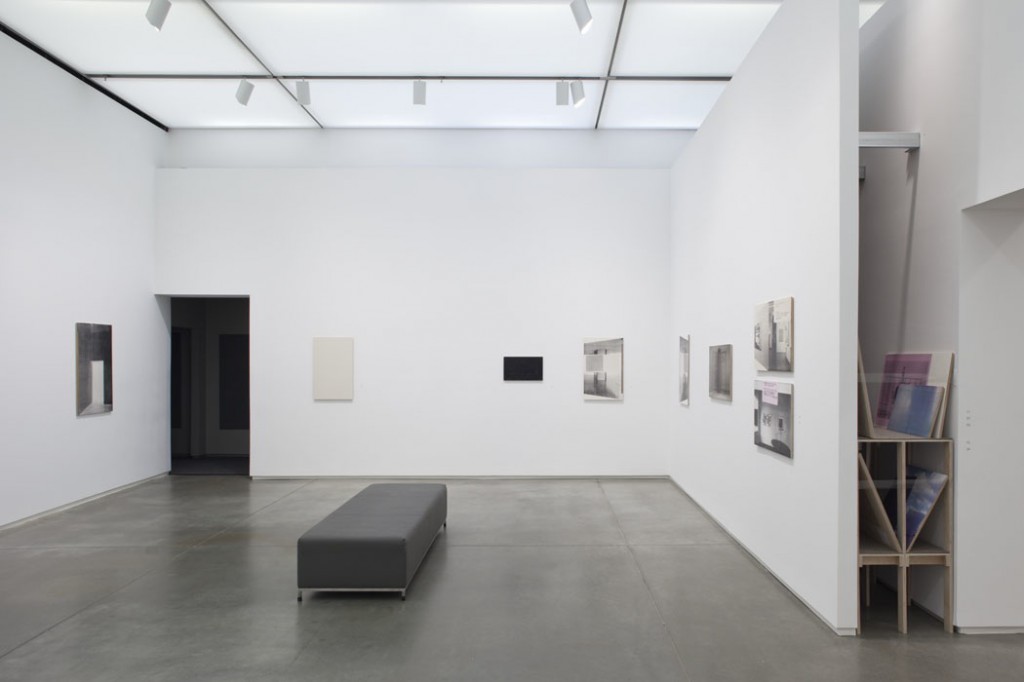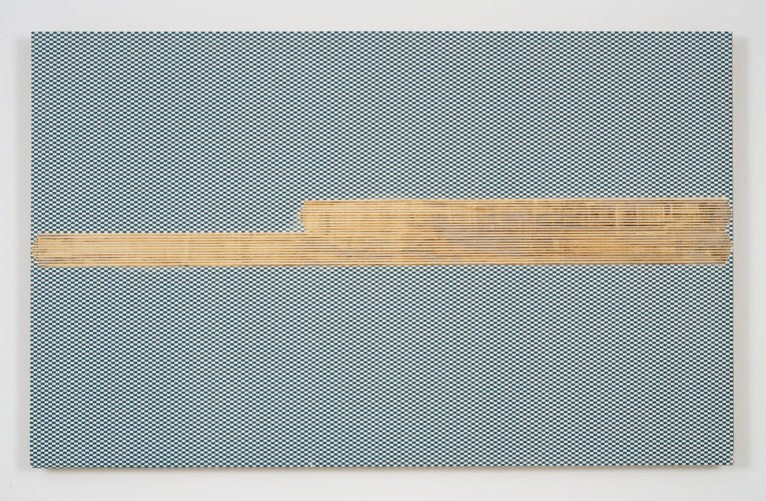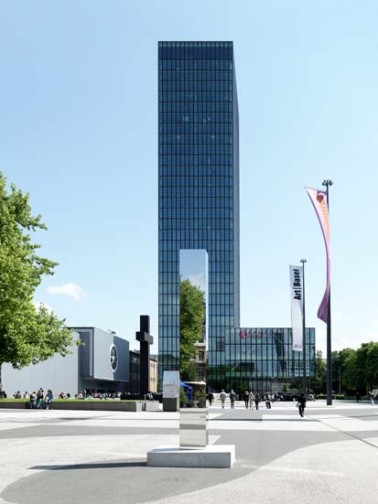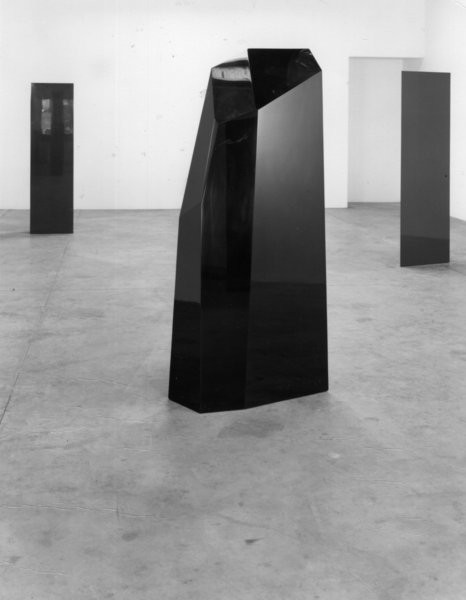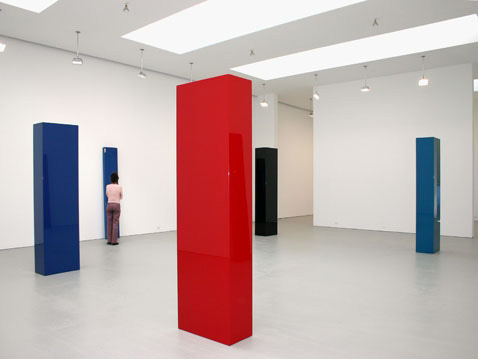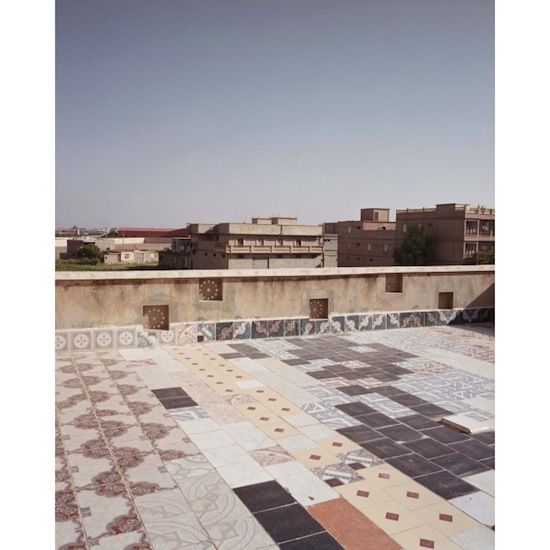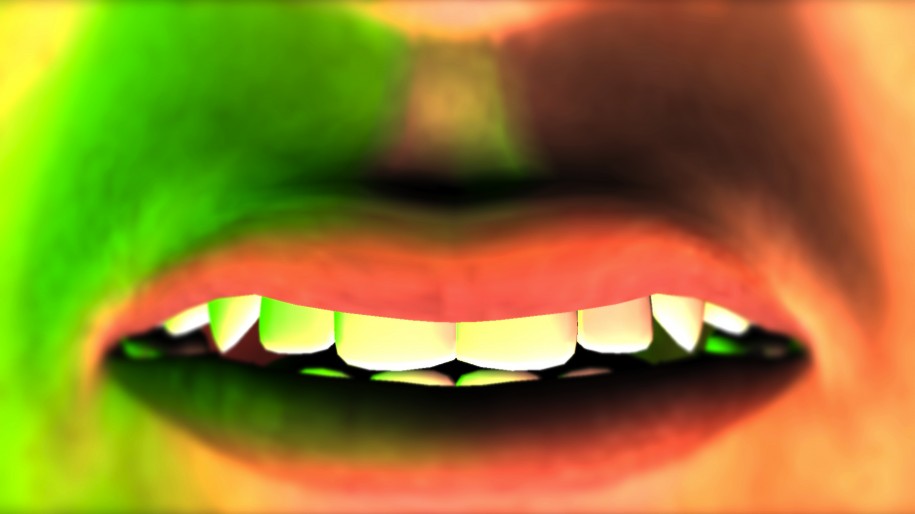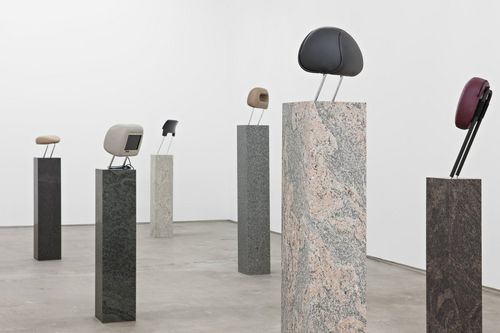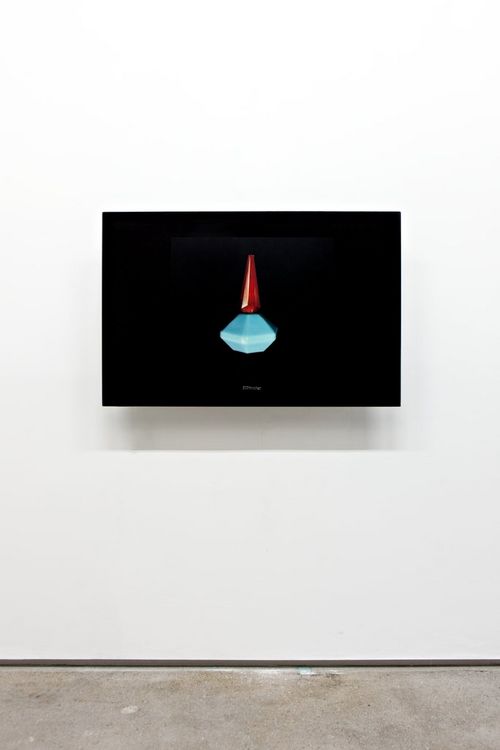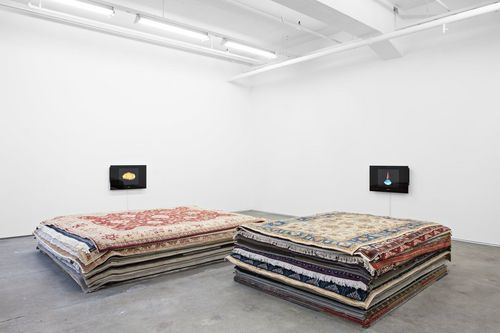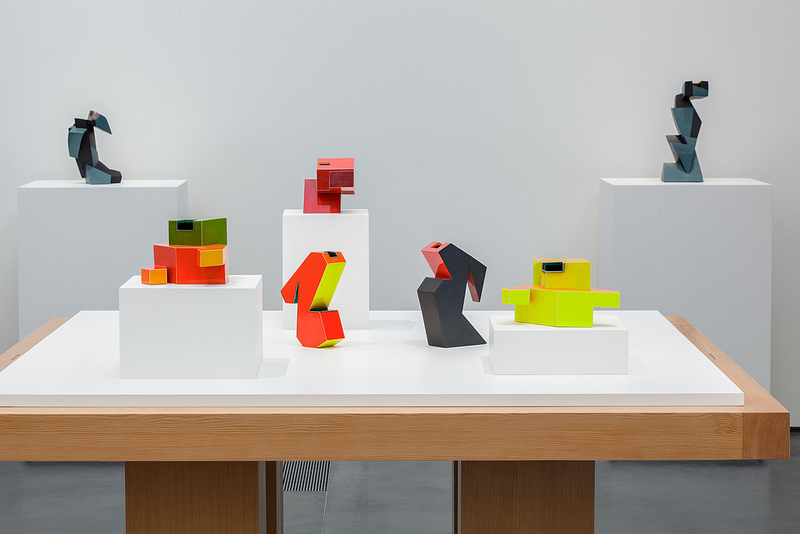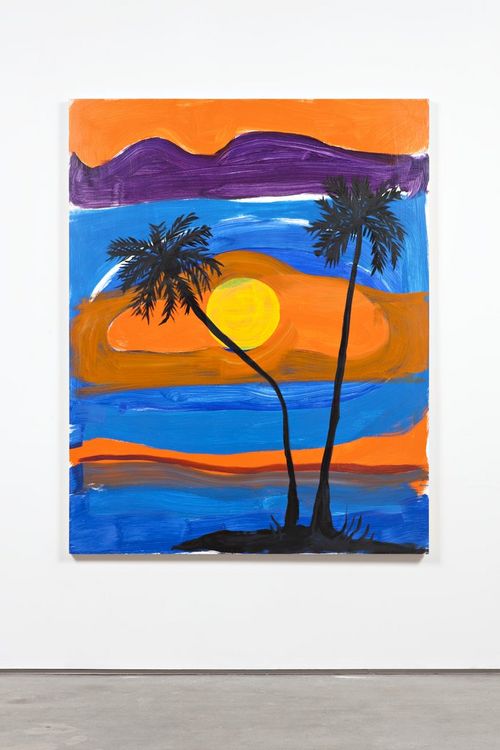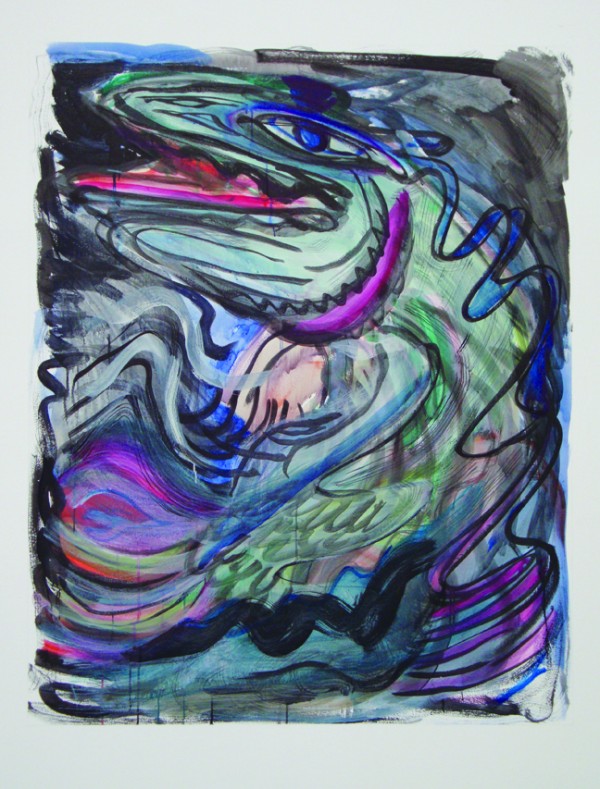Céline, Spring 2014, Ready-to-Wear
Back to the Tennis Club de Paris today to see what Phoebe Philo’s Céline woman has been up to. And, according to the mood book on each brightly colored, blocky seat, she has been looking at graffiti—not just any graffiti, but graffiti through the medium of Brassaï’s photographs, obviously. In the primal black and white images of street art found in the city of Paris there was a distinct clue to the mood of the collection.
As the first vividly hued silhouettes emerged, the models walking at a brisk clip to the underlying beat of George Michael’s “Freedom,” the feeling was bold, bold as Brassaï, if you will. But this wasn’t to be a retread of a famous Versace moment. The overlocking song was that Soul II Soul staple “Back to Life,” put through something of the wringer, with all its lazy, hazy connotations of summer in the late eighties. And the collection, too, had the immediacy of that song—and perhaps a bit of a debt to the band’s former shop in Camden, where leather Africa pendants were sold in large quantities.
The color palette had that late-eighties feel of something primary, urgent, graphic. Giant strokes and squiggles dominated in tailored T-shirt shapes over striped sunray pleats. At first, the Céline woman was like a Tony Viramontes illustration sprung to life. But what gave the clothes a real third dimension was the fabric experimentation; here, woven jacquards and knits dominated over prints and were beautifully done. The Céline woman became more intriguing, though, in her embrace of a certain ragga style in the elongated string vest looks, especially when these were layered with a yellow jumper tied around the waist just so. Then she was out of the dance hall and on. Like we said: brisk clip.
Yet, the last eight looks were the best of the collection. They didn’t feel as if they were in the sway of any history or reference point. Utilizing the large T-shirt silhouette, with a cutout in an abstract, metal-rimmed shape revealing the contrasting tunics layered underneath, then ending in a burst of cheesecloth skirt, these particular looks were outstanding.
Perhaps the undercurrent of sensual perversity of the last two seasons has dissipated from the Céline woman this time. But it seems she will never be that uptight or controlled again; this show was free, easy, and fun. This mood might be familiar, having already been set in motion by Dior’s Couture collection earlier this year (fashion’s tribes are clearly in the ascendant this season), but it also felt like a collection sprung from real life, from real experiences with a teenage immediacy. Philo defined it as being about “power to women. It was inspired by lots and lots of feelings. It felt like the right time to move on. I never really analyze; it is just what is there inside.” And perhaps that’s the real power of the Céline woman now: She comes from the heart, not the head.
http://www.style.com/fashion-shows/spring-2014-ready-to-wear/celine
